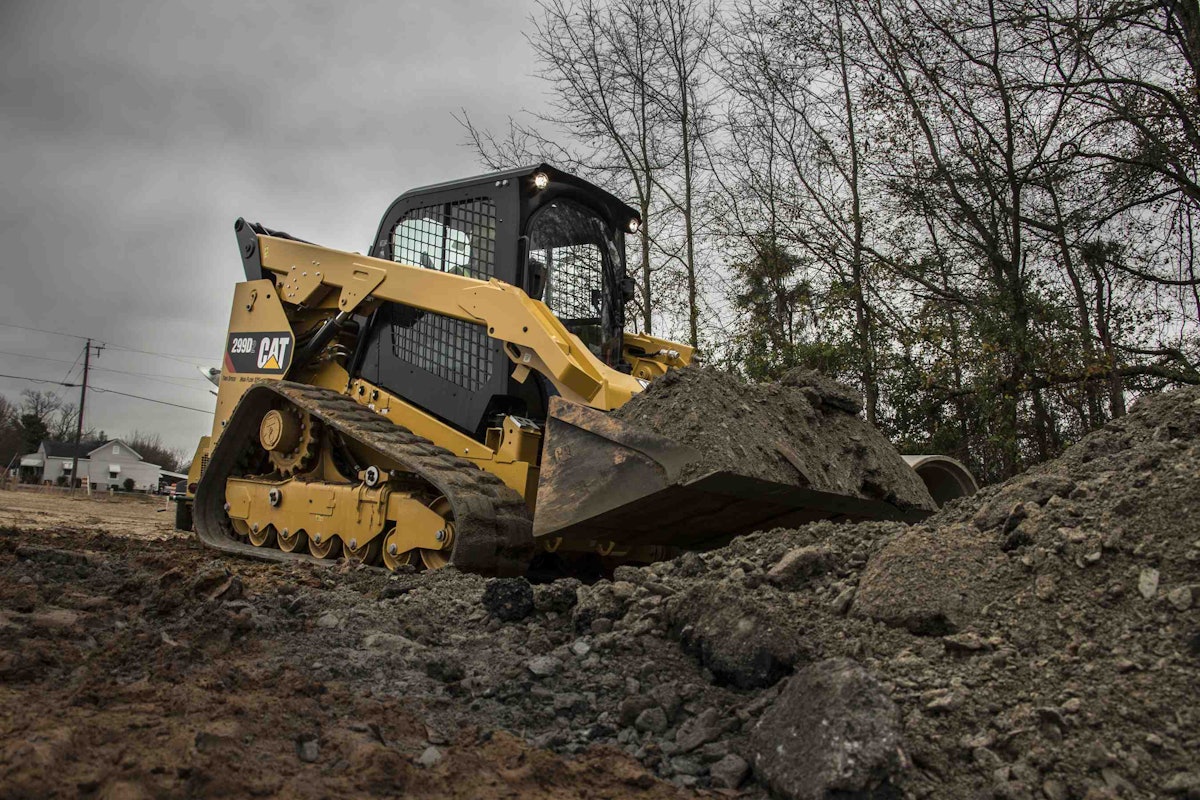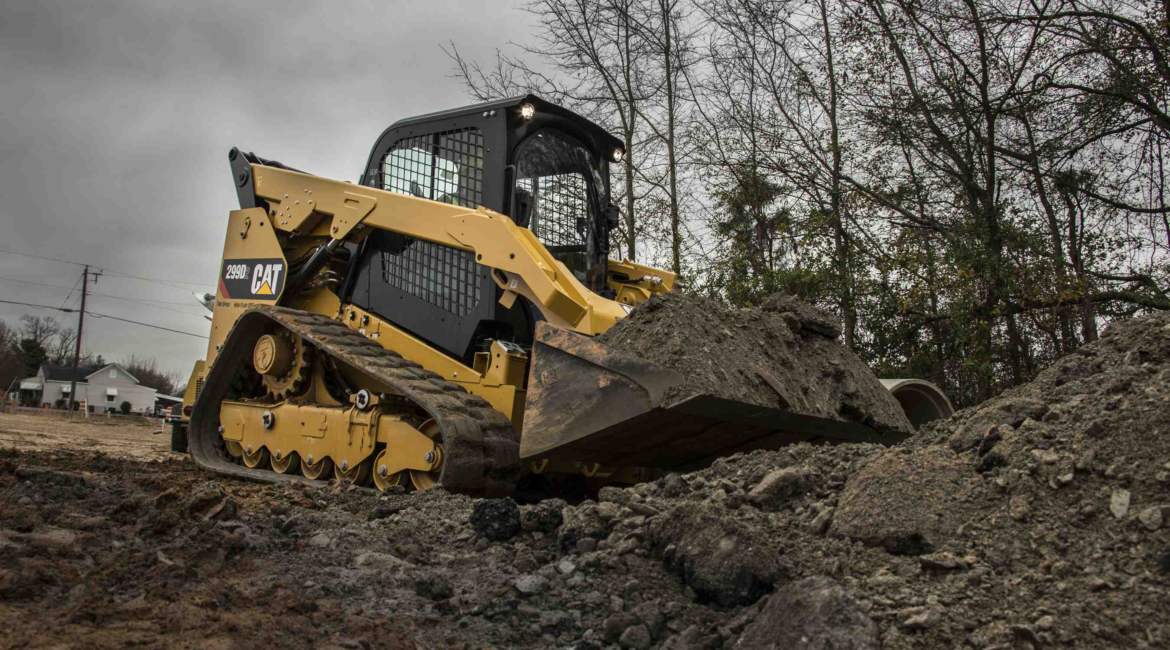Hey there, curious about skid steer warranties? Well, you’ve come to the right place! In this article, we’ll dive into the fascinating world of skid steer warranties and answer the burning question, “What’s the Typical Warranty for a Skid Steer?” So, buckle up and let’s get started!
Now, you might be wondering why warranties matter when it comes to skid steers. Well, imagine this: you’re out there operating your trusty skid steer, getting things done, when suddenly, something goes wrong. That’s when a warranty comes to the rescue, providing you with peace of mind and protection for your investment.
So, what exactly is a skid steer warranty? In simple terms, it’s a guarantee from the manufacturer that they’ll fix or replace certain parts of your skid steer within a specific period if any manufacturing defects occur. You can think of it as a safety net that ensures you’re covered if anything unexpected happens.
Exciting, isn’t it? Skid steer warranties are like superheroes, saving the day when you least expect it. In the next sections, we’ll explore the different types of warranties, their typical durations, and what they usually cover. So, stick around and become a skid steer warranty expert in no time!

What’s the Typical Warranty for a Skid Steer?
When purchasing a skid steer, it’s important to consider the warranty that comes with it. A warranty offers peace of mind, providing protection against potential defects or issues that may arise during the specified period. In this article, we will explore the typical warranty for a skid steer, including its duration, coverage, and what to consider when evaluating warranty options.
The Duration of Skid Steer Warranties
Skid steer warranties can vary in duration, typically ranging from one to three years. The length of the warranty often depends on the manufacturer and the specific model of the skid steer. Higher-end models or those manufactured by well-known brands often come with longer warranties as a testament to their confidence in the quality and durability of their machines.
It’s crucial to thoroughly review the terms and conditions of the warranty to understand the duration and any limitations. Some warranties may have different coverage levels depending on the duration, offering more comprehensive coverage during the initial period and gradually reducing coverage over time.
Additionally, it’s worth noting that some manufacturers may offer extended warranty options for an additional cost. These extended warranties provide further coverage beyond the standard warranty period and can be a valuable investment for those intending to use the skid steer extensively or in demanding work environments.
What Does a Skid Steer Warranty Cover?
A skid steer warranty typically covers defects in materials and workmanship, ensuring that any issues arising from manufacturing or assembly errors are resolved at no additional cost to the owner. This coverage often includes repairs, replacements, or refunds for defective parts or components.
However, it’s important to be aware that warranties may have exclusions or limitations. For example, warranties may not cover normal wear and tear or damages caused by improper use, neglect, or accidents. It’s crucial to familiarize yourself with the warranty terms to understand what is and isn’t covered.
Some manufacturers may also offer additional warranty benefits, such as free maintenance services or discounted parts. These extras can significantly enhance the value of the warranty and contribute to a better ownership experience.
Evaluating Warranty Options
When considering the warranty options for a skid steer, there are a few key factors to evaluate:
- Manufacturer Reputation: Research the reputation of the manufacturer to ensure they have a track record of producing reliable and high-quality machinery with good customer support.
- Coverage Details: Carefully review the warranty terms to understand the coverage, limitations, and any additional benefits offered.
- Extended Warranty Options: Consider whether an extended warranty is worth the investment given your usage and the potential risks of downtime or costly repairs.
- Dealer Support: Assess the quality and accessibility of the dealer’s service and support network. A responsive and knowledgeable dealer can make a significant difference in resolving warranty issues promptly.
- Cost-Benefit Analysis: Evaluate the overall cost of the skid steer, including the warranty, and weigh it against the expected lifespan and potential repair costs.
Benefits of a Comprehensive Skid Steer Warranty
A comprehensive skid steer warranty offers several benefits that can make a difference during ownership:
- Peace of Mind: With a warranty in place, you can have peace of mind knowing that your investment is protected against manufacturing defects and unforeseen issues.
- Cost Savings: In the event of a covered issue, the warranty enables you to have the necessary repairs or replacements done without incurring additional costs.
- Improved Resale Value: A skid steer with an active warranty is generally more attractive to potential buyers, enhancing its resale value.
- Enhanced Customer Support: Manufacturers with reliable warranties often have robust customer support networks, ensuring that any warranty-related concerns are promptly addressed.
- Extended Service Life: Skid steer owners who invest in extended warranties can enjoy extended service life without the worry of potential expensive repairs.
Conclusion
When purchasing a skid steer, understanding the typical warranty offered is crucial to make an informed decision. The warranty duration, coverage, and additional benefits can vary among manufacturers, so thorough research and evaluation are essential. By considering the factors mentioned in this article and weighing the benefits of a comprehensive warranty, you can ensure a smooth ownership experience and protect your investment in a skid steer.
Key Takeaways: What’s the Typical Warranty for a Skid Steer?
- A skid steer typically comes with a warranty that covers parts and labor for a certain period of time.
- The typical warranty for a skid steer ranges from 1 to 3 years, depending on the manufacturer and model.
- It’s important to read the warranty terms and conditions to understand what is covered and what is not.
- Some warranties may require regular maintenance and servicing to stay valid.
- Extended warranty options are available for those who want additional coverage beyond the standard warranty.
Frequently Asked Questions
When it comes to purchasing a skid steer, understanding the warranty is essential. Here are some common questions people have about the typical warranty for a skid steer.
1. What does a typical warranty for a skid steer cover?
A typical warranty for a skid steer usually covers manufacturing defects and faulty workmanship. This means that if any parts or components of the skid steer fail due to a manufacturing defect or poor construction, the warranty will cover the cost of repairs or replacements. However, it’s important to note that the specific coverage may vary depending on the manufacturer and the terms of the warranty.
Additionally, a typical warranty for a skid steer may also offer some level of coverage for engine and powertrain components. This means that if there are any issues with the engine, transmission, or other powertrain parts, the warranty may cover the necessary repairs. Again, the extent of this coverage can vary, so it’s important to read the warranty terms and conditions carefully.
2. How long does a typical warranty for a skid steer last?
The duration of a typical warranty for a skid steer varies depending on the manufacturer and the specific model. In general, most warranties for skid steers range from one to three years. Some manufacturers may offer extended warranties for an additional cost, which can provide coverage for a longer period. It’s important to check the warranty details before purchasing a skid steer to ensure you understand how long the coverage will last.
Keep in mind that certain components of the skid steer, such as the engine, may have a separate warranty with a different duration. For example, the engine might have a warranty for five years while other parts of the skid steer have a separate one-year warranty. Be sure to clarify the duration of each warranty to have a complete understanding of the coverage.
3. Are there any limitations or exclusions to a skid steer warranty?
Yes, skid steer warranties often have limitations and exclusions. These limitations may include certain types of wear and tear that are considered normal for skid steers, such as tire wear or cosmetic damage. In addition, the warranty may not cover issues caused by improper use, lack of maintenance, or any modifications made to the machine.
Furthermore, it’s important to note that warranties may have specific requirements for maintenance and servicing. Failure to follow these requirements could void the warranty, so it’s crucial to read and adhere to the manufacturer’s guidelines for maintenance and servicing.
4. Can the warranty be transferred if I sell my skid steer?
Whether or not the warranty can be transferred when selling a skid steer depends on the manufacturer and the terms of the warranty. Some manufacturers allow warranties to be transferred to a new owner, while others may only offer coverage to the original purchaser. It’s important to check the warranty documentation or contact the manufacturer to understand if the warranty is transferable and what steps need to be taken for the transfer.
If the warranty is transferable, it can add value to the skid steer when selling it, as the new owner can have the peace of mind of continued warranty coverage. However, it’s important to note that any transfer fees or administrative charges associated with transferring the warranty might be the responsibility of the buyer or seller, depending on the warranty terms.
5. What should I do if I encounter a problem covered by the warranty?
If you encounter a problem covered by the warranty, the first step is to review the warranty documentation and guidelines provided by the manufacturer. This will outline the process for filing a warranty claim and what information or documentation you may need to provide. Typically, you will need to reach out to an authorized service center or dealer to have the issue assessed and repaired.
It’s crucial to act promptly and notify the manufacturer or authorized service center as soon as you discover a problem covered by the warranty. They will guide you through the necessary steps to ensure your skid steer is repaired or replaced in accordance with the warranty terms. Keep in mind that failing to follow the proper steps or trying to repair the issue yourself without manufacturer approval may void the warranty, so it’s essential to follow the correct procedures.
Our Warranty | Skid Steer Solutions
Summary
Warranties for skid steers vary, but most last around one to three years. Some manufacturers offer extended warranties. It’s important to understand what’s covered and what’s not, so read the warranty terms carefully.
If anything goes wrong with your skid steer during the warranty period, contact the manufacturer or dealer. They will guide you through the process of getting it fixed or replaced. Remember to properly maintain your skid steer to ensure the warranty remains valid.

